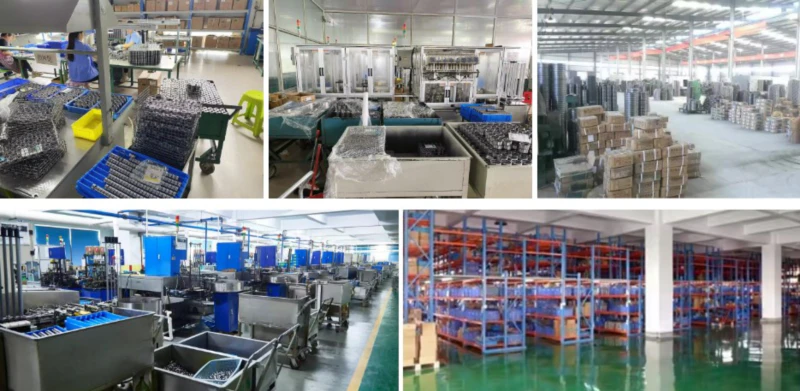Track Bearings Re-greasing Intervals
Introduction
Track bearings play a vital role in various industries, ensuring smooth and efficient operation of machinery and equipment. To maintain their optimal performance and extend their lifespan, regular re-greasing is necessary. In this article, we will explore the importance of track bearings re-greasing intervals and provide insights into best practices to ensure reliable and long-lasting operation.
Understanding Track Bearings
Track bearings, also known as linear bearings, are designed to facilitate smooth linear motion in applications such as conveyor systems, automated machinery, and transportation equipment. They consist of an outer race, inner race, rolling elements, and a cage to maintain the separation and guidance of the rolling elements. Track bearings are subjected to high loads and repetitive motion, making proper lubrication crucial for their performance and longevity.
The Significance of Re-greasing Intervals
Proper re-greasing intervals are essential to prevent premature wear, reduce friction, and minimize the risk of bearing failure. Over time, contaminants, such as dust, dirt, and moisture, can penetrate the bearing assembly, compromising its effectiveness. Regular re-greasing helps flush out these contaminants and replenishes the lubricant, ensuring optimal performance and protection against wear and tear.
Factors Influencing Re-greasing Intervals
Several factors influence the frequency of track bearings re-greasing. These factors include:
- Operating conditions: Harsh environments, high temperatures, and heavy loads may require more frequent re-greasing.
- Lubricant type: The type and quality of lubricant used can affect the re-greasing intervals.
- Application requirements: Critical applications may demand more frequent re-greasing to ensure uninterrupted operation.
Best Practices for Re-greasing
To optimize the performance of track bearings, it is crucial to follow these best practices for re-greasing:
- Follow manufacturer guidelines: Always refer to the manufacturer’s recommendations for re-greasing intervals and lubricant types.
- Monitor operating conditions: Regularly assess the operating conditions to determine if adjustments to the re-greasing schedule are necessary.
- Cleanliness is key: Prior to re-greasing, ensure the bearing assembly is clean and free from contaminants.
- Proper lubricant amount: Apply the correct amount of lubricant to avoid over or under greasing, which can lead to bearing damage.
Conclusion
In conclusion, track bearings play a critical role in various industries, and regular re-greasing is essential to maintain their optimal performance and prevent premature failure. By understanding the factors influencing re-greasing intervals and following best practices, industries can ensure the longevity and reliability of their track bearings, ultimately leading to improved operational efficiency and reduced maintenance costs.

About Our Company
Our company specializes in the production of high-quality track bearings and is a leader in the Chinese reducer market. Our product range includes servo reducers, plastic gearboxes, gear motors, worm gearboxes, worm wheels, and worm reducers. With state-of-the-art automated CNC production equipment and assembly lines, we ensure superior quality and precision in every product. We take pride in offering competitive prices and excellent customer service. Customization based on customer requirements is also available.

Promotion and Contact Information
For more information or to inquire about our products, please visit our website or contact us:
Website: www.ourcompany.com
Phone: +123456789
Email: [email protected]
Address: 123 Main Street, City, Country
Author: Czh